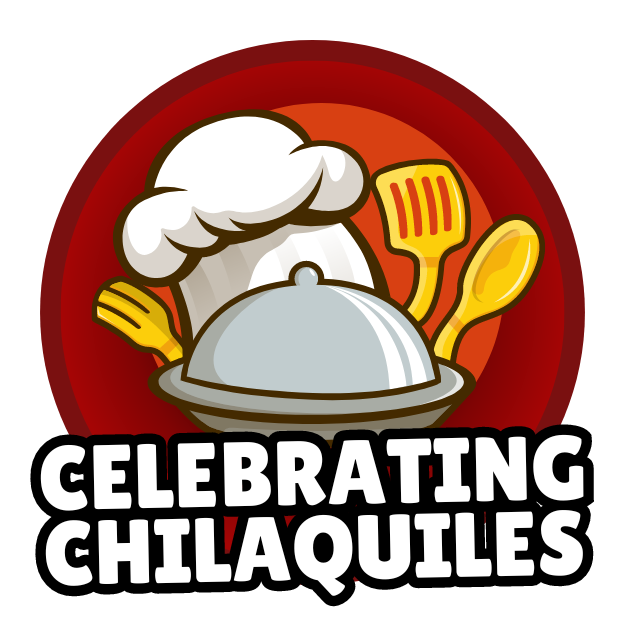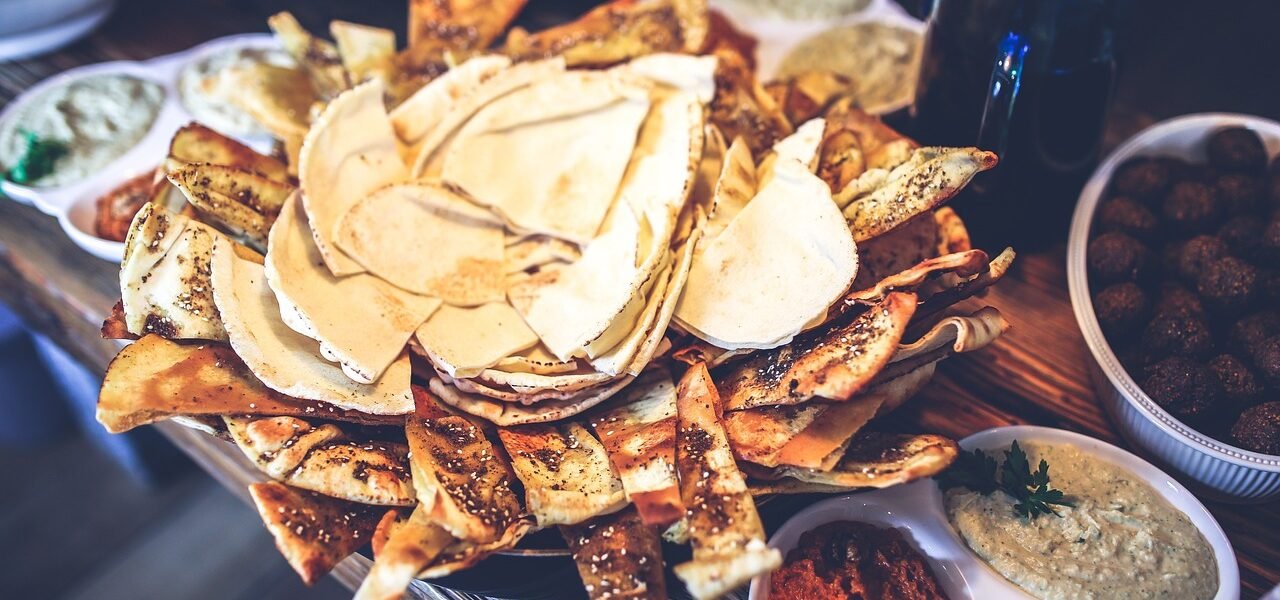Chilaquiles, a dish that is as rich in history as it is in flavor, has long been a beloved staple in Mexican households. Known for its vibrant colors, crunchy textures, and the perfect balance of spicy, savory, and tangy flavors, chilaquiles is much more than just a meal; it’s a culinary tradition that tells the story of Mexico’s diverse cultural heritage.
The Origins of Chilaquiles
The word “chilaquiles” comes from the Nahuatl word chīlāquīlli, which loosely translates to “chilis and greens.” This ancient language, spoken by the Aztecs, reflects the deep roots of chilaquiles in pre-Hispanic Mexico. The dish was originally a way to use up stale tortillas, a practice that continues to this day, highlighting the ingenuity and resourcefulness of Mexican cuisine.
Chilaquiles have evolved over centuries, with each region of Mexico putting its unique spin on the dish. Whether you’re enjoying them in a bustling Mexico City eatery or a quiet village in Oaxaca, chilaquiles offer a taste of Mexico’s history, culture, and geography, all in one plate.
Ingredients: A Symphony of Flavors
At its core, chilaquiles consist of four main ingredients: tortillas, salsa, cheese, and a protein. But within these simple components lies a world of possibilities.
- Tortillas: The foundation of chilaquiles, tortillas are typically cut into quarters and fried until crisp. This gives the dish its characteristic crunch, a perfect contrast to the tender toppings. While corn tortillas are traditional, some variations use flour tortillas, especially in Northern Mexico.
- Salsa: The choice of salsa is where chilaquiles truly come to life. Red salsa (salsa roja) made from tomatoes, or green salsa (salsa verde) made from tomatillos, are the most common, each offering a distinct flavor profile. Salsa roja is often richer and more robust, while salsa verde has a bright, tangy taste. Some regions even offer mole chilaquiles, where the tortillas are drenched in a rich, chocolatey mole sauce.
- Cheese: Queso fresco or cotija cheese is typically sprinkled on top, adding a salty, creamy element to the dish. In some variations, melted cheese blankets the chilaquiles, creating a comforting, gooey layer.
- Protein: While chilaquiles can be served plain, they are often topped with a protein like shredded chicken, chorizo, or fried eggs. These additions make the dish heartier, transforming it from a simple breakfast food into a filling main course.
The Regional Variations of Chilaquiles
One of the fascinating aspects of chilaquiles is how they vary from region to region in Mexico, each variation reflecting the local ingredients and culinary traditions.
- Mexico City: In the capital, chilaquiles are typically served with a generous portion of beans and a fried egg on top. The salsa can be either red or green, and the dish is often accompanied by avocado slices and a dollop of crema (Mexican sour cream).
- Jalisco: In the western state of Jalisco, chilaquiles are often served with a side of refried beans and are topped with an ample amount of grated cheese. The salsa here tends to be spicier, reflecting the region’s love for bold, fiery flavors.
- Oaxaca: Known for its rich culinary heritage, Oaxaca offers chilaquiles with a twist. The dish might be made with mole sauce instead of traditional salsa, providing a deeper, more complex flavor. The mole, often made from a combination of dried chilies, chocolate, and spices, elevates the dish to a whole new level.
- Yucatan: In the Yucatan Peninsula, chilaquiles are sometimes prepared with a citrusy habanero salsa, giving them a unique tangy and spicy flavor. They might also be served with pickled red onions, a common condiment in the region.
The Cultural Significance of Chilaquiles
Chilaquiles are more than just a comfort food; they are a symbol of Mexican ingenuity and a testament to the country’s rich culinary history. The dish embodies the idea of “no waste,” a principle deeply ingrained in Mexican cooking. By using leftover tortillas, chilaquiles demonstrate how delicious, satisfying meals can be created from humble ingredients.
In Mexican households, chilaquiles are often served for breakfast, especially on weekends. They are considered a “hangover cure,” with the spicy salsa believed to help alleviate the symptoms of a long night out. The dish is also a popular choice for family gatherings, offering a hearty, communal meal that everyone can enjoy.
Chilaquiles in the Modern Culinary World
As Mexican cuisine has gained popularity worldwide, chilaquiles have made their way onto menus far beyond Mexico’s borders. Chefs around the globe have embraced the dish, experimenting with different ingredients and presentations. You might find chilaquiles topped with everything from pulled pork to avocado toast in trendy eateries in cities like Los Angeles and New York.
However, despite these modern twists, the essence of chilaquiles remains the same. It’s a dish that celebrates the beauty of simplicity and the joy of sharing food with loved ones.
How to Make Chilaquiles at Home
Making chilaquiles at home is easier than you might think, and it’s a great way to bring a taste of Mexico into your kitchen. Here’s a basic recipe to get you started:
Ingredients:
- 10 corn tortillas, cut into quarters
- 1 cup salsa roja or salsa verde
- 1/2 cup queso fresco or cotija cheese, crumbled
- 2 cups cooked chicken, shredded (optional)
- 2 eggs (optional)
- 1/4 cup crema
- 1/4 cup chopped onion
- 1/4 cup chopped cilantro
- Vegetable oil for frying
- Salt to taste
Instructions:
- Fry the tortillas: Heat vegetable oil in a large skillet over medium heat. Once hot, fry the tortilla quarters in batches until golden and crisp. Drain on paper towels and season with a pinch of salt.
- Prepare the salsa: In a separate pan, heat the salsa over medium heat. If using store-bought salsa, you can add a splash of chicken broth to thin it out if necessary.
- Combine the tortillas and salsa: Add the fried tortillas to the pan with the salsa, stirring gently to coat them evenly. Cook for a couple of minutes until the tortillas begin to soften but are still slightly crispy.
- Add the toppings: If using chicken or eggs, add them to the pan and cook until heated through. Remove from heat and sprinkle with cheese, onion, and cilantro.
- Serve: Drizzle with crema and serve immediately. Chilaquiles are best enjoyed fresh, as the tortillas will continue to soften the longer they sit.
Conclusion
Chilaquiles are a dish that perfectly encapsulates the heart and soul of Mexican cuisine. With its deep historical roots, regional variations, and modern interpretations, chilaquiles offer a delicious journey through the flavors of Mexico. Whether you enjoy them for breakfast, lunch, or dinner, one thing is certain: chilaquiles will leave you craving more of this vibrant and flavorful tradition.
FAQ,s
1. What are chilaquiles?
Chilaquiles are a traditional Mexican dish made from fried tortilla pieces simmered in salsa, topped with cheese, and often served with a protein like chicken or eggs. The dish is known for its vibrant flavors and textures, blending crispy tortillas with the rich, spicy taste of salsa.
2. Where do chilaquiles originate from?
Chilaquiles have their origins in pre-Hispanic Mexico, with the name derived from the Nahuatl word chīlāquīlli, meaning “chilis and greens.” The dish has been a staple in Mexican cuisine for centuries, evolving with regional variations across the country.
3. What are the key ingredients in chilaquiles?
The key ingredients in chilaquiles include tortillas, salsa (red or green), cheese (like queso fresco or cotija), and optional proteins such as shredded chicken or fried eggs. Additional toppings may include onions, cilantro, and crema (Mexican sour cream).
4. How do chilaquiles differ by region in Mexico?
Chilaquiles vary significantly across different regions in Mexico. For example:
- In Mexico City, they are often served with beans and a fried egg.
- In Jalisco, they come with a spicier salsa and lots of cheese.
- In Oaxaca, mole sauce may be used instead of salsa.
- In Yucatan, they might feature a citrusy habanero salsa and pickled red onions.
5. Can I make chilaquiles at home?
Yes, chilaquiles are relatively easy to make at home. The basic process involves frying tortilla pieces, simmering them in salsa, and adding toppings like cheese, chicken, or eggs. A simple recipe is included in the blog post to guide you through the process.




